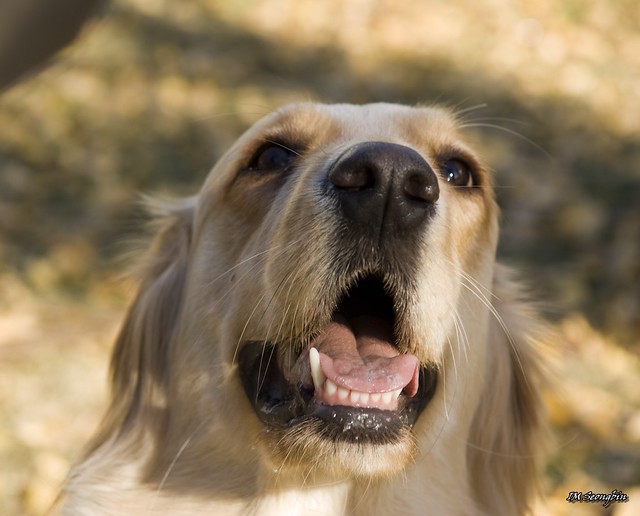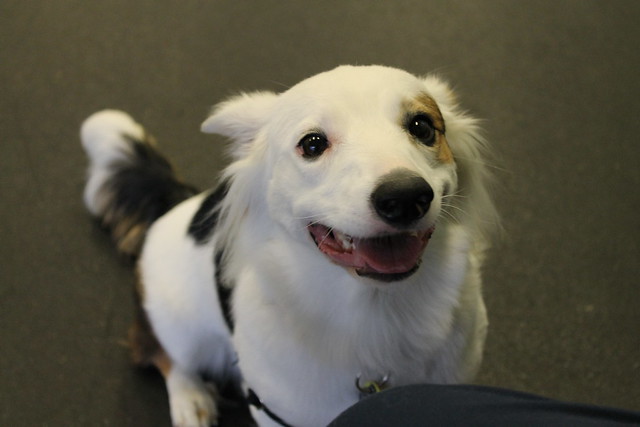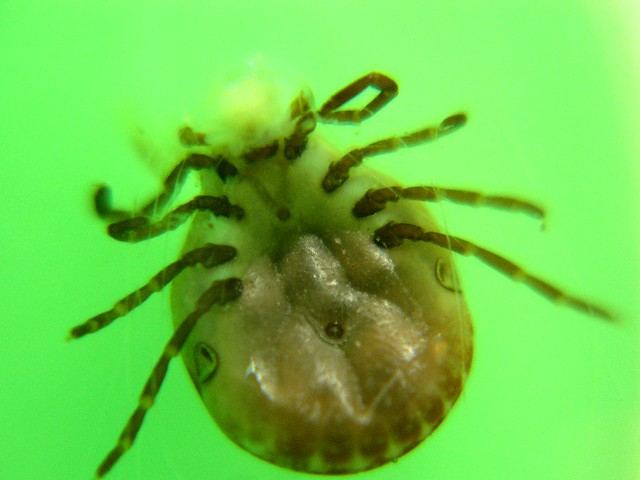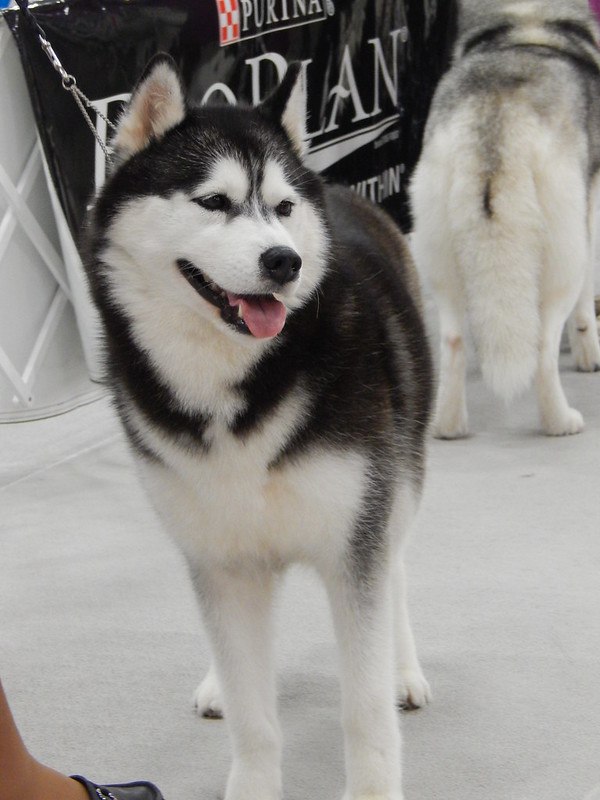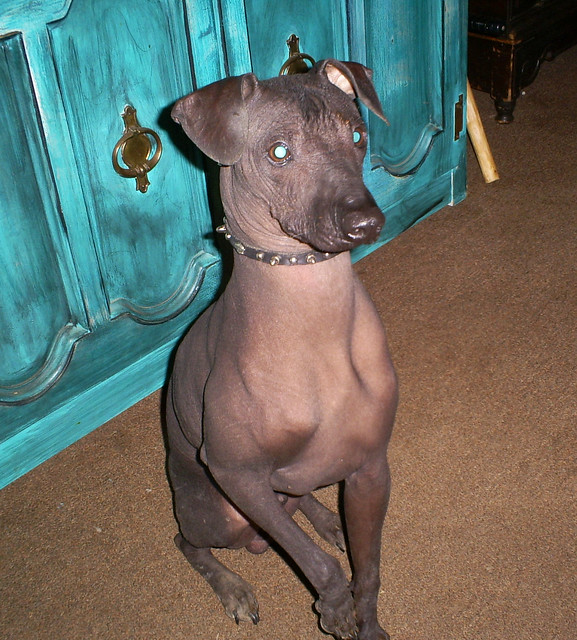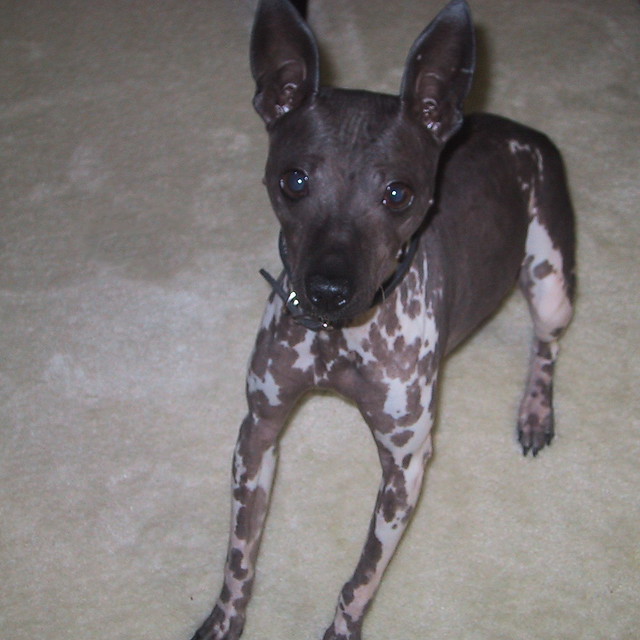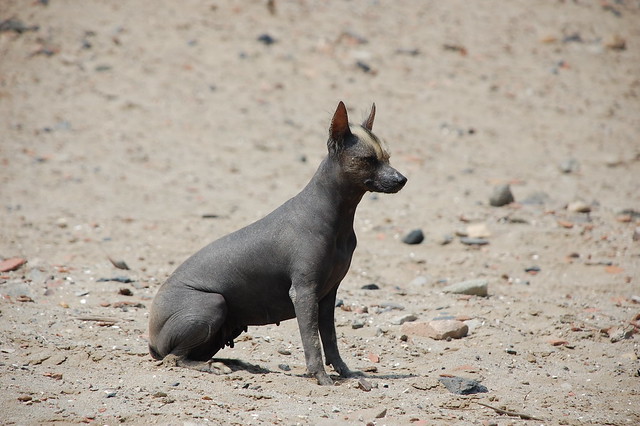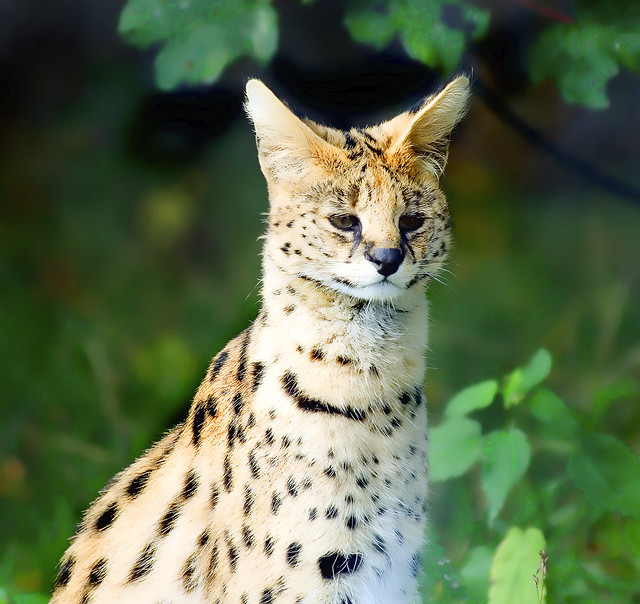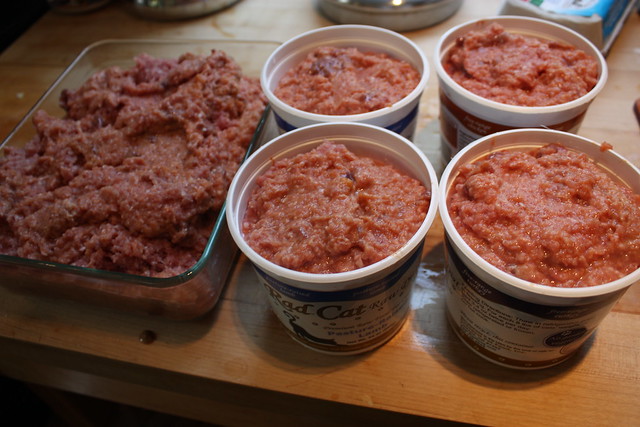'The words cat and cute are not only similar to hear but are quite similar literally as well,' said a former TV presenter. Like dogs, cats also have a special place in the drama called life. Cats, like happiness, come in different shapes, sizes, and colors. One such colorful breed is the Tonkinese cat.
 |
| Tonkinese Where the little fur rainbow across the forehead came from is unknown (Photo credit: Wikipedia) |
Like the Canadian hairless cat, the Tonkinese cats have originated from the lands of Canada. This is a medium sized cat breed, a cross between 2 beautiful cat breeds - the Siamese cat breed and the Burmese cat breed.
History of Tonkinese Cats
'History is a half right- half wrong fable agreed upon.' Same way, there are some instances which connect this recent breed to historical era of the 19th century. Some people believe that these cats often trace their roots back to the 'Wong Mau' miracle cat (a small sized walnut colored cat, courtesy - Dr. Joseph Cheesman Thompson, 1930). Most other journals and experts put the start of breeding as late 19th century, which is widely accepted. All in all, the exact history is debated but these cats aren't as old as some other species.
Name Game
This pet breed was earlier called as - Tonkinese which got later modified to Tonkinese. Origin of its name is the namesake island in the musical South Pacific. This fictitious island was special because there was no discrimination done to half-breeds and hybrids. These are commonly known as Tonks while promoting, and also during cat shows.
These beautiful Tonkinese animals breeds often find mentions in English novels, movies, documentaries and magazines. Known for their friendly nature, these pets are often classified as the perfect apartment cats. In general, these animals are lively with gregarious personalities and form one of the bubbliest pets. With an appealing individuality, the Tonkinese pets breed is often considered to have taken good qualities of both, Siamese and Burmese cat breeds. Even its meow is slightly different than other breeds, and its voice is often an epitome of affection. The Tonkinese pet carves and returns affection very openly.
The trim and the muscular cat appears lighter than what they actually are. They have the following physical features:
- Distinctive oval-shaped paw
- An adapted wedge shaped head
- Large ears which are almost set to the outside of their heads
- Muscular appearance
There are 3 main patterns in Tonkinese cats, solid, pointed and mink. They come in 4 attractive colors and their color pattern darkens with age. The solid pattern is the most common type of Tonkinese pet pattern around.
One of the major reasons why these cats appear affectionate is their curiosity; these Tonkinese puppies are unusually curious, even to the simplest of things like a human finger. These folks are playful and mischievous and like humans or other Asian cat species around.
These cats from great pets and many owners claim, there is a sense of pleasure when these are around. Cats, in general, emit happiness and Tonkinese ones are no different.
Article Source: EzineArticles |

